Explore the Best AI Image Gallery
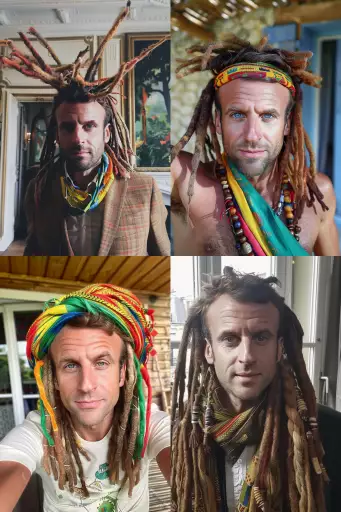
Beyond the Canvas: Wearable Tech as a New Artistic Frontier
The creative landscape is constantly evolving, driven by technological advancements that reshape how we express ourselves. One such revolution is the emergence of wearable technology, which is not only changing how we interact with the world but also transforming the very nature of artistic creation. Wearable tech, encompassing everything from smart glasses and haptic suits to bio-sensors and interactive textiles, is blurring the lines between artist and audience, empowering creators with innovative tools and pushing the boundaries of artistic expression.
Potential Uses in the Creative Industry
- Interactive Installations: Imagine walking through an art gallery where your movements trigger light displays, soundscapes, or even changes in the artwork itself. Wearable sensors can capture your presence and translate it into dynamic, interactive experiences.
- Performance Art Reimagined: Performers can utilize wearable tech to augment their physicality, projecting visual elements onto their bodies or creating synchronized light shows that respond to their movements.
- Personalized Artistic Experiences: Wearable devices can tailor art experiences to individual preferences. Imagine a museum exhibit where your heart rate influences the colors displayed or your gaze triggers audio narratives.
- Collaborative Creation: Wearable tech facilitates real-time collaboration among artists, regardless of their location. Imagine a group of dancers choreographing a piece remotely, with each dancers movements synced and visualized in a shared virtual space.
- New Artistic Mediums: Wearables open up entirely new avenues for artistic expression. Artists can create wearable sculptures, interactive garments, or even bio-responsive artworks that change based on the wearers emotions or physiological states.
Ethical Considerations
As with any powerful technology, wearable tech in the creative industry raises important ethical considerations:
- Privacy Concerns: Wearable sensors collect vast amounts of personal data. Its crucial to establish clear guidelines and user consent protocols to protect individual privacy.
- Data Security: Sensitive artistic data generated by wearable tech must be secured against unauthorized access and breaches.
- Algorithmic Bias: AI algorithms used in wearable art creation could perpetuate existing biases. Its essential to ensure fairness and inclusivity in the design and deployment of these technologies.
- Accessibility: The cost and complexity of some wearable tech could create barriers to entry for certain artists and creative communities. Efforts should be made to promote accessibility and equity in the adoption of these tools.
- Ownership and Copyright: New legal frameworks may be needed to address questions of ownership and copyright in works created using wearable tech, particularly those involving collaborative or AI-assisted creation.
Future Trends
The future of wearable tech in the creative industry holds immense potential:
- Increased Integration with AI: AI algorithms will play an even greater role in creating personalized art experiences, assisting artists in their workflows, and generating novel artistic outputs.
- Immersive Storytelling: Wearables will enhance storytelling through immersive experiences that transport audiences into fictional worlds or allow them to interact directly with characters.
- Bio-Responsive Art: Wearable tech will enable the creation of artworks that respond to the wearers emotions, physiological states, or even brain activity, blurring the lines between technology and human experience.
- Decentralized Creativity: Blockchain technology could empower artists by enabling them to sell their work directly to collectors, bypassing traditional intermediaries and fostering a more equitable creative ecosystem.
As wearable tech continues to evolve, it promises to revolutionize the creative process, empowering artists with new tools and pushing the boundaries of artistic expression. By embracing these advancements while navigating the ethical challenges responsibly, we can unlock a future where creativity knows no limits.




](https://images.ai-img.art/thumbnails/150/a3ed6513a6661aa3ee46e0c2924d1e8888854e91d8908de39db5590dc41f8d8f.webp)









](https://images.ai-img.art/thumbnails/150/847809c77ca9a73b68bc190e6efb06fec87157685a243730d5a66a403b0e6e10.webp)

](https://images.ai-img.art/thumbnails/150/bd056a4718c27444e064198762f8dc8ffa1f74f1afd7dcda8d5cb8b142797d6e.webp)
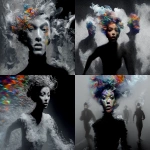

](https://images.ai-img.art/thumbnails/150/2ebdeb4f7db35100e5be5de9bc3e533a40d14e5feedefd7ffc586524a0f3ba8c.webp)





](https://images.ai-img.art/thumbnails/150/7cf5a08238f29c821f52bb4f63db48af0b7f633ff3b9f7253074d78ced9ff6f6.webp)








](https://images.ai-img.art/thumbnails/150/0ba0be922ab76af53f75ab90126ae2b18a600ee3b96941e8ab897a9f10594e5a.webp)


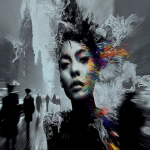

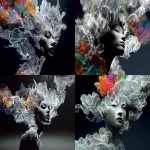



](https://images.ai-img.art/thumbnails/150/ff09e32d2be011c0dd785984c5c1e47839ce551a31da1bde242860b30df2aa30.webp)
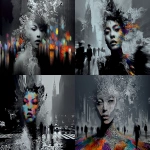



](https://images.ai-img.art/thumbnails/150/685ae68cfab93a7e59a71206867b060c45bd6fd3cd561c4fe60fca514b09c5f8.webp)
